re-Design tram.
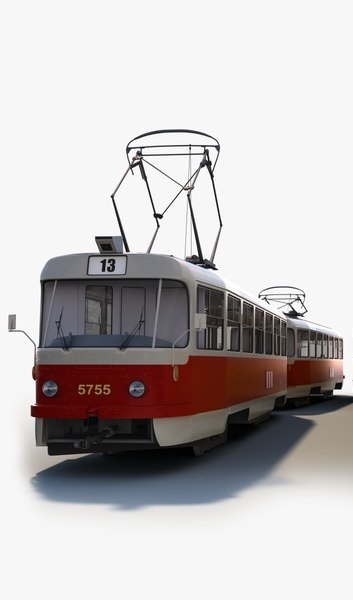
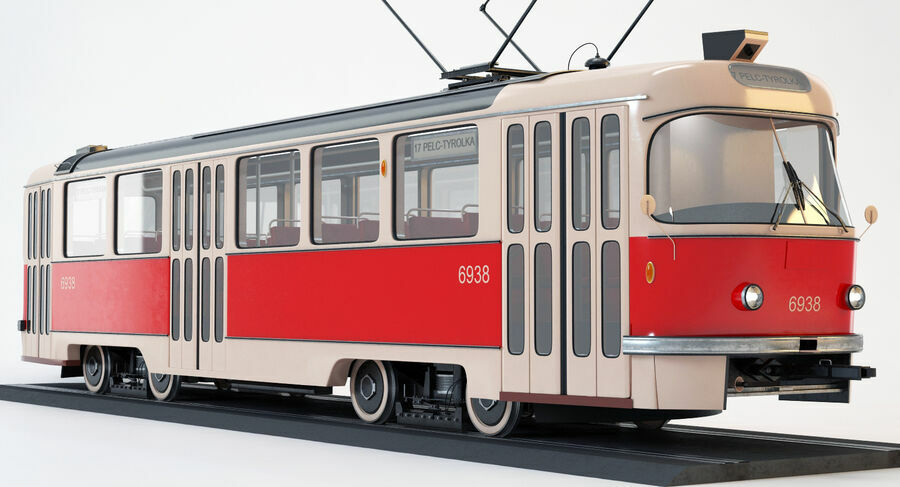
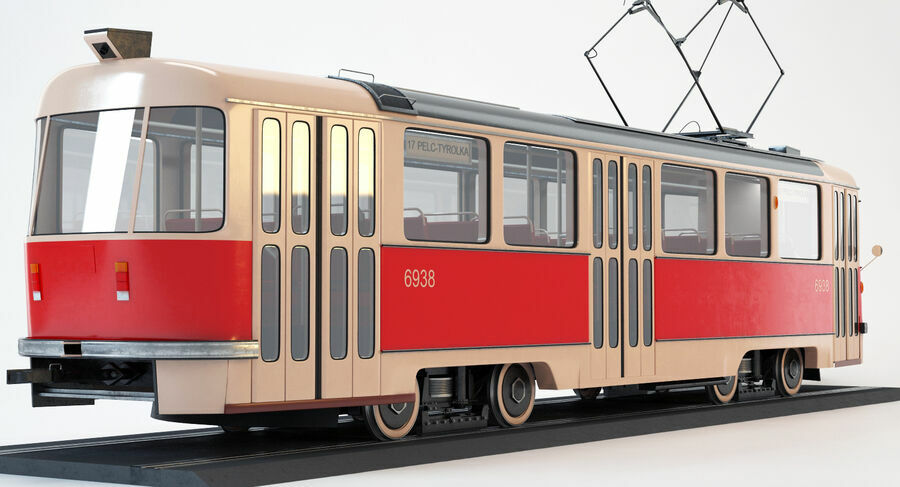
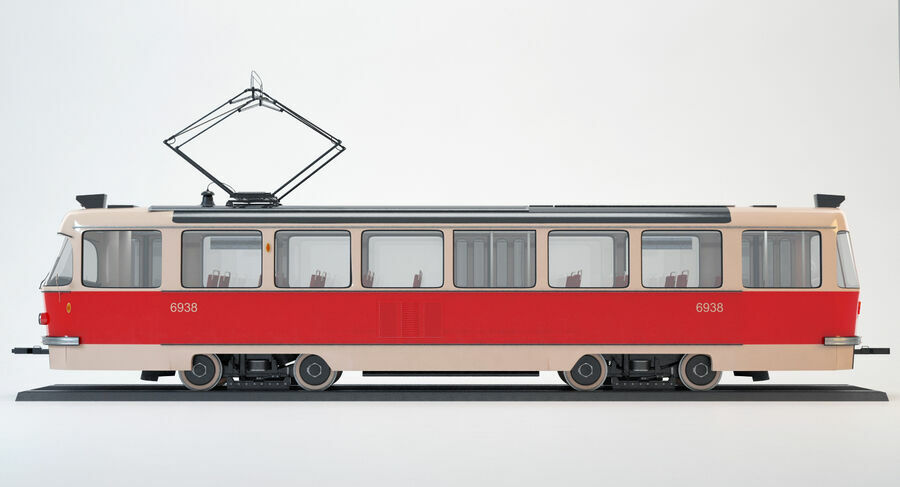
Tatra T3M.
The T3 is a type of Czech tramcar produced by ČKD Tatra. A late-2000s study conducted on the Prague tram system has shown 98.9% reliability, the best of the Prague tram system fleet. During its period of production, between 1960 and 1999, 13,991 powered units and 122 unpowered trailers were sold worldwide.
It became the most dominant tramcar model in Eastern Bloc countries, except for Poland, where locally produced trams from Konstal factory are still the mainstay in tram systems there. In 1988, the T3 tram entered the Guinness Book of Records as the most widely produced tram in the world. With over 14,000 cars produced, today it is still probably the most widespread tram car in the world.
Rostov-on-Don 2014.
Historically, Belgian-made trams were used in the city.
From 1947 to the end of the 20th century (before the series KTM-8), the factory-built trams under the brand name KТМ, which is often used as an informal designation for subsequent models with digital items.
Later, during the Soviet period, Tatra trams were the most popular in many cities, including Rostov-on-Don.
In the 90s, the number of trams included both the classic Tatra T3 and the modern KTM at that time, manufactured by Ust-Katav Wagon-Building Plant
In 2014, there were 79 trams in the tram depot, 39 of which are in operation, 40 require major repairs.
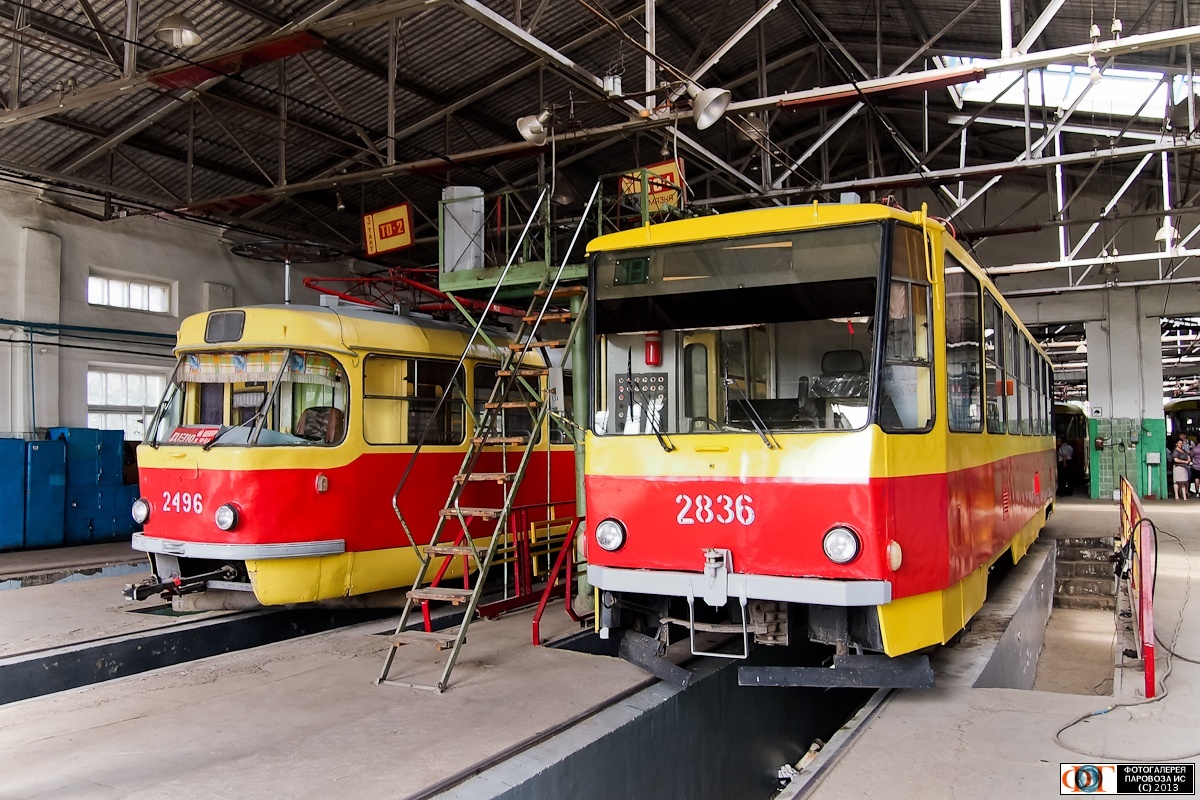
Rostov tram depot.
The reconstruction involved a complete technical upgrade of all production trams until 2000, which extended their service life up to 30 additional years.
The innovation of this proposal was to upgrade the exterior design of the tram. Preservation of the main body of the tram, but the production of new front and rear body parts. Also, a complete update of the tram interior. These changes would introduce an additional 40 cars into the service and would attract passengers to use the old, but updated, attractive transport. Due to the new design, it was supposed to introduce a new unique element of the urban environment in the city. Reconstruction of existing trams can extend the life of existing cars.
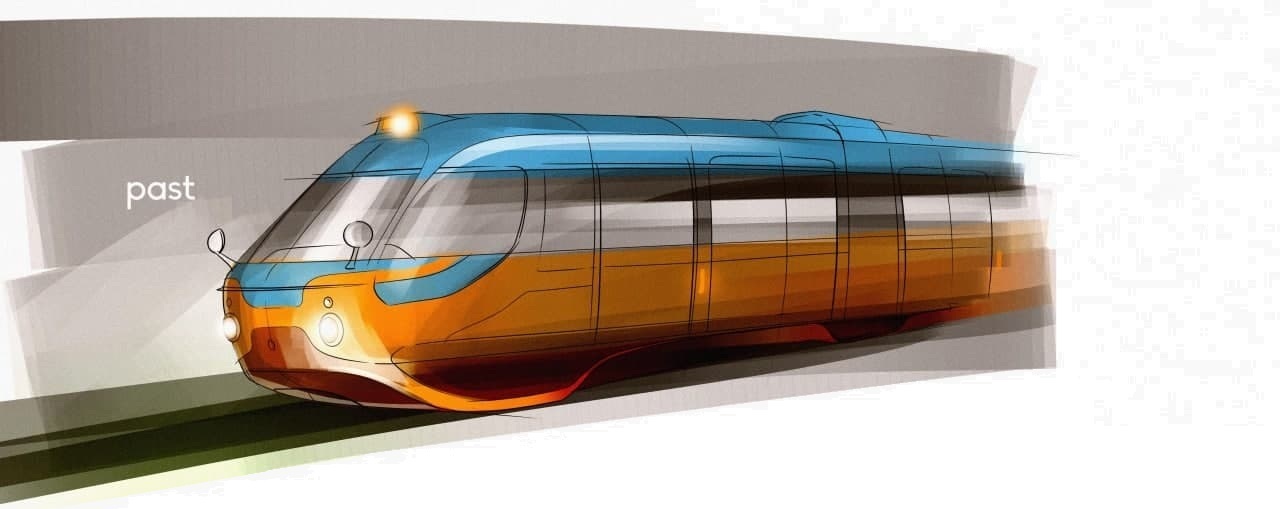
After working out the operating principle and approach, the creative work on the design development began.
Tatra T3 became the basis for the design of the restyling of the tram.
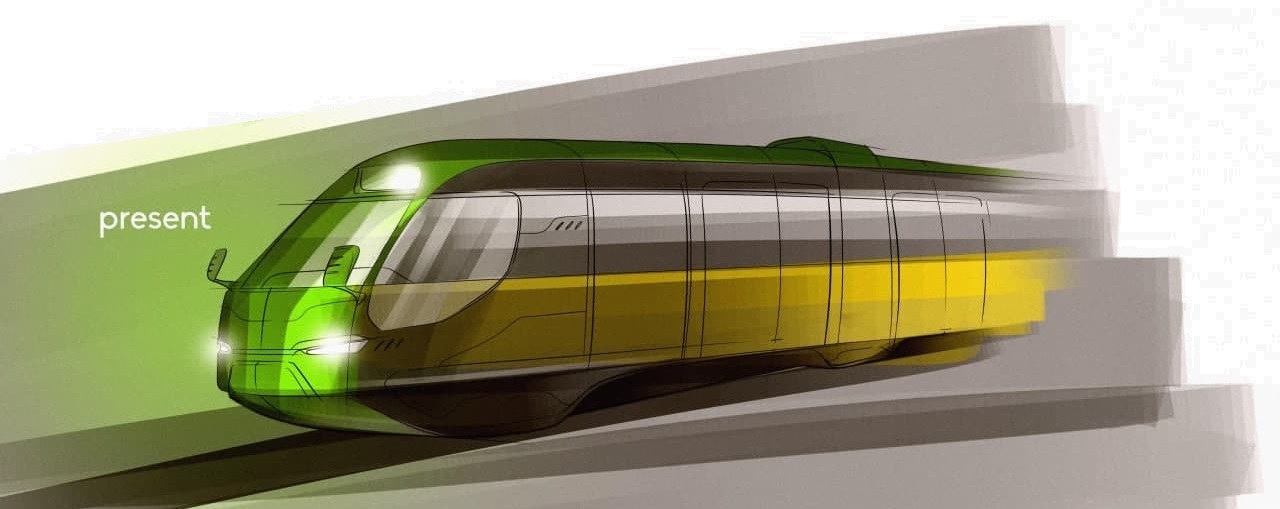
The idea was to continue the development of design in the city and to develop a restyling of the classic tram of the past, after which the development of a more modern design called "present", and then an even more futuristic design of the present modern urban transport.
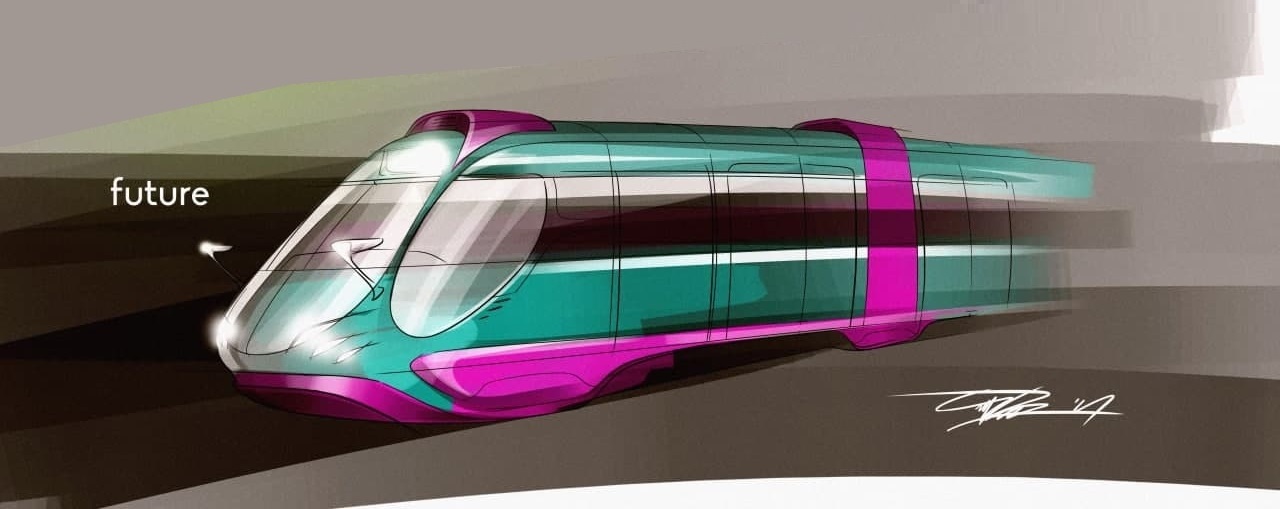
The futuristic design of the tram was supposed to be developed as a new model of the tram produced in Rostov-on-Don on the basis of the city depot.
2015.
Unfortunately, despite a full understanding of the financing and technical implementation of the project, after the change of the city administration team, the project completely stopped. Basically with the change of the political team, the project was rejected by the new city leadership even all agreements were ready.
Financial, administrative, technical, and organizational solutions were shared among the partners. A preliminary cooperation agreement was concluded between the Urban Factory, the city tram operator, Moscow State Stroganov Academy of Design and Applied Arts (MSSADAA), and Don State Technical University (DSTU). The city tram operator was ready to provide the necessary funding, the MSSADAA was responsible for the development of new design, technical support and production was at the DSTU, the Urban Factory was the operator and responsible for the manufacturing of new parts, assembly planned on the basis of the existing tram depot.
Current situation.
Between 2015 and 2020, there was an active debate on the development of public transport in Rostov-on-Don. Some experts tried to promote the idea of metro development. There were various disputes, but it was obvious that the economic situation and the volume of urban traffic will not be able to provide passenger traffic for the metro and tram.
As a result, it was decided that the tram is a more cost-effective system in terms of investment and the resulting effect. In 2021, it was decided to transfer the tram system under a concession agreement. At the end of the year, Sinara won the concession contract.
The presence of a specialized and competent partner in the person of Sinara gives confidence that the project as a whole was calculated correctly and the named cost did not appear arbitrarily. It was preceded by a study of traffic flows in the city, taking into account various previous developments. In any case, now there is a significant difference from previous declarations when the sums of the Rostov metro project were named without specifying the specific companies that would build and operate it. At the moment, the size of the new fleet has already been designated - 98 new three-section trams. It also gives the project a visible shape. The routes are laid in such a way that the tram will provide connectivity between those parts of the city that are now torn apart, for example, between Orbitalnaya and Temernik. The presented scheme makes it possible to expect that the tram will attract a large number of passengers.
The concession is a good mechanism since the tram economy is being transformed into an infrastructure that has one more owner, in addition to the city. This means that the concessionaire, for its own benefit, will first put this infrastructure in proper condition, and then will maintain it. It is not yet entirely clear how the issue of the fare will be resolved after the modernization of the tram network and whether bus traffic will be reduced so that passengers will use the tram more. Based on the experience of Kazan, it can be assumed that such a reduction will occur. After the construction of the metro in Kazan, buses duplicating its route were canceled. Three-section carriages will make the tram the main mode of public transport in the city, while other types will bring passengers to it.
Copyright © I privacy policy
Urban Factory | Powered by MAVEK dizajn